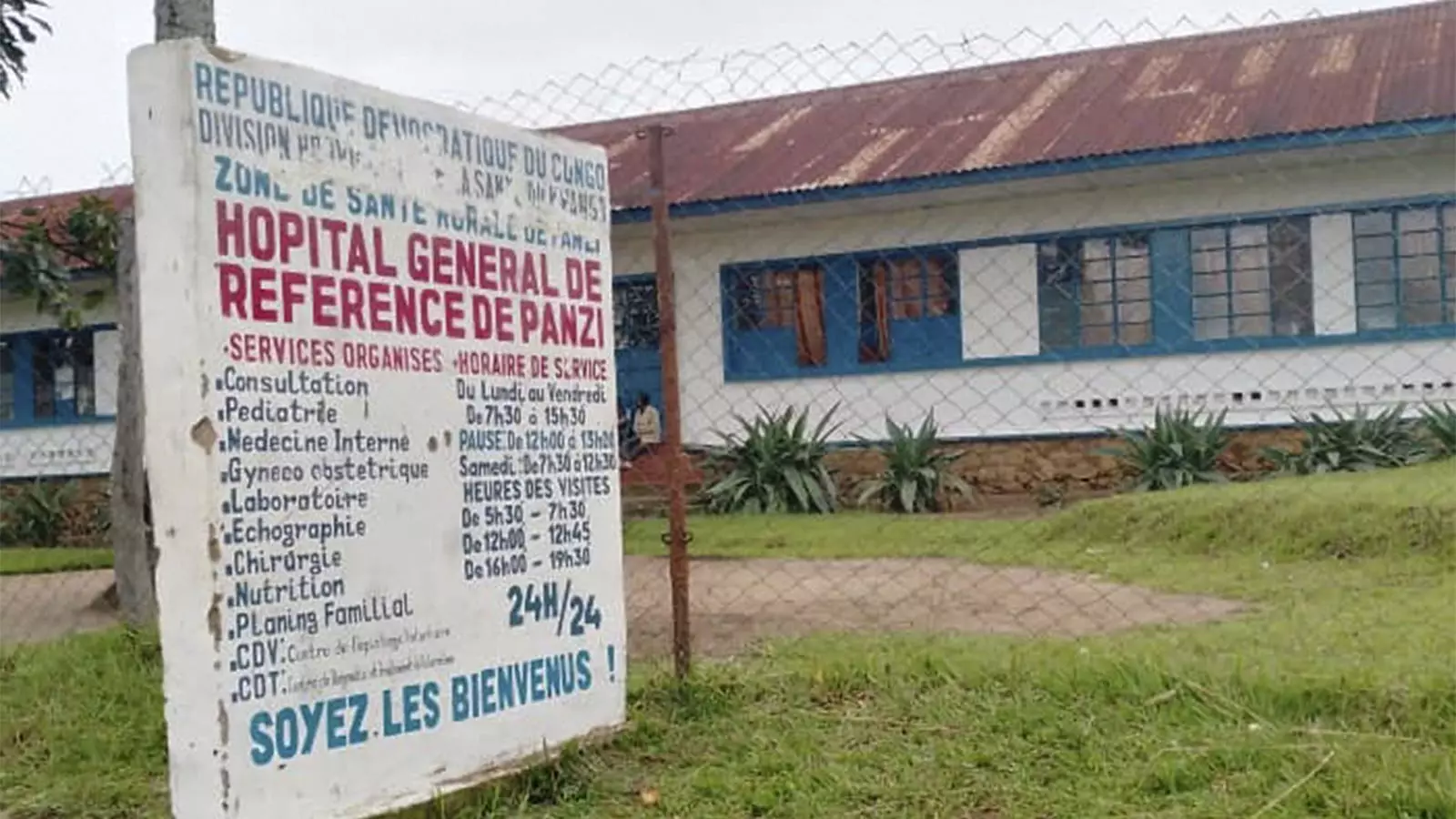In western Congo, a health crisis is unfolding that has raised alarms among health officials and authorities. A man exhibiting symptoms of hemorrhagic fever recently died, adding a layer of complexity to an existing outbreak that has already claimed the lives of at least 37 individuals and left hundreds suffering from flu-like symptoms. The nature of this outbreak remains unclear, as it appears to intertwine with endemic issues such as malaria and malnutrition, prompting a thorough investigation into potential viral involvement.
The reported symptoms and the lethality of the outbreak have drawn comparisons to previously recorded epidemics in the region. Yet, anemia, cough, and fever are symptoms that often blur the lines in distinguishing between diseases like malaria and potential infections caused by viruses. As the official from the Africa Center for Disease Control and Prevention, Ngashi Ngongo, noted, the case of the man with hemorrhagic fever has shifted the focus towards exploring the possibility of a viral infection coexisting with malaria in affected individuals.
The situation in Panzi, located in Kwango province, raises significant logistical challenges. Experts from the World Health Organization (WHO) and Congo’s National Rapid Response Team have encountered difficulties navigating the remote landscape, which is approximately 435 miles from Kinshasa, the capital city. It took these health professionals two days to reach the area, highlighting the infrastructural inadequacies that could hinder timely medical responses in such crises.
Moreover, the testing facilities in the area lack the capacity to adequately diagnose the multitude of symptoms presented by patients. The samples collected had to be transported to Kikwit, a journey of over 310 miles, for further analysis. This situation reflects a critical need for expanded local healthcare infrastructure to ensure timely and effective disease identification and resolution.
Initial investigations led by WHO identified that a vast majority of patients—86% of those tested—were positive for malaria. However, the occurrence of additional symptoms that are not typically associated with malignant malaria complicates the scenario. The dual threat of severe malaria potentially exacerbated by malnutrition creates a precarious health situation, particularly for vulnerable populations, especially children under 14, who are the most affected in this outbreak.
Tedros Adhanom Ghebreyesus, the head of WHO, indicated that while malaria is the prevalent disease in the area, the possibility of a concurrent viral infection remains on the table. This hypothesis is particularly troubling, as it suggests that health authorities must be vigilant for further contagions that could exacerbate the current crisis.
Congo’s history with health crises, such as the typhoid fever epidemic two years ago and the current resurgence of seasonal flu, suggests that the region is uniquely susceptible to outbreaks. The intersection of multiple diseases—malaria, potential viral infections, and community malnutrition—signals an urgent need for a comprehensive public health strategy that addresses not just the symptoms but the underlying infrastructural and nutritional deficiencies.
In order to resolve this outbreak properly, international collaboration and immediate action from health organizations are essential. With the rising death toll and the ongoing investigation into additional community deaths, it is critical that resources, manpower, and expertise are directed towards understanding the full spectrum of illnesses affecting Panzi.
As Congo grapples with this mysterious outbreak, the lessons learned here extend beyond its borders. The interconnectedness of health issues—be it from viral infections or endemic diseases—requires a holistic approach to public health. Collaborative international strategies, enhanced surveillance, and infrastructure development must be prioritized to prevent such dilemmas in the future. The current health crisis in Western Congo serves as a stark reminder of the importance of readiness and resilience in combating disease outbreaks, especially in vulnerable regions prone to such incidents.

